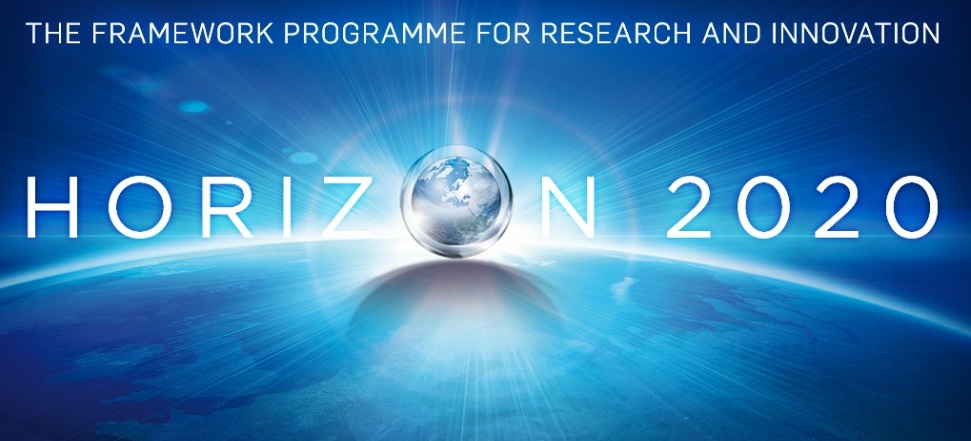Lund University
Lund University is the largest university in Sweden with more than 40, 000 students, and the engineering faculty with 18 departments is the largest faculty of the University. The Division of Combustion Physics is a separate division within the Department of Physics. The Division has about 40 members and the scientific activities can be divided into two main fields: laser diagnostics and chemical kinetics. Combustion Physics Division has a long tradition (20+ years) in the development and application of laser techniques for studies of combustion processes. Prof. Marcus Aldén is heading the Division of Combustion Physics and has thirty years experience in the field of laser diagnostics of combustion processes. He acted as Chairman of the Gordon Conference in Laser Diagnostics in Combustion in Oxford 2003, and was recently the recipient of an ERC Advanced Grant.
Established in 1985, Lund University Combustion Centre (LUCC) has gained strong international recognition in combustion research activities and served for several years as a Large Scale Facility within the EU. In the frame of LUCC there is since 2001 a new building (~2000 m2), dedicated to combustion research, with 15 laboratories mainly devoted to laser diagnostics development and applications. In addition there are three larger laboratories including an Engine Laboratory, and a High-pressure Combustion Rig Facility.
The laser diagnostic group at the Division of Combustion Physics has more than twenty-five years experience in developing and applying laser optical techniques for combustion diagnostics. More than 300 publications have been published, and the group has been involved in numerous European and international projects. Research is performed for measurements of temperatures, species concentrations and velocities using a multitude of techniques, including for example laser-induced fluorescence, Raman scattering, coherent anti-Stokes Raman spectroscopy, and thermographic phosphors. The techniques developed for those purposes are frequently being applied to practical combustion systems, such as engines, gas turbines and industrial furnaces in close collaboration with national and international companies.



